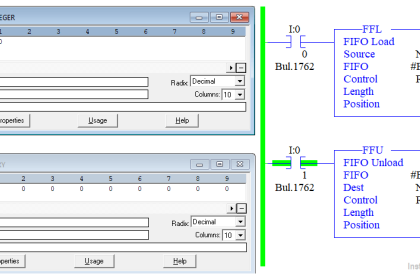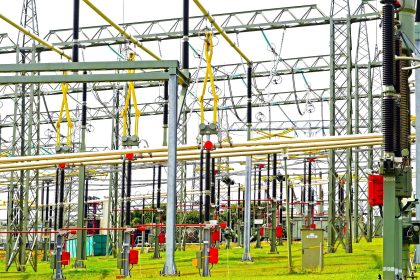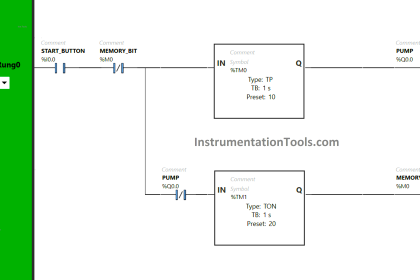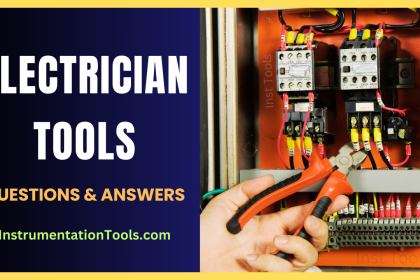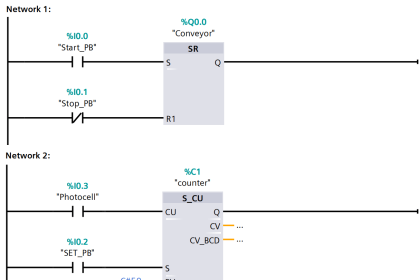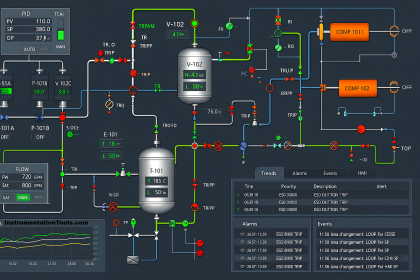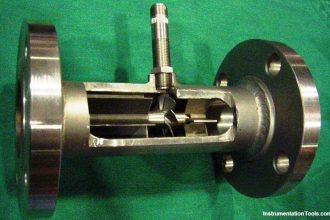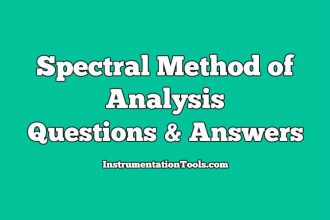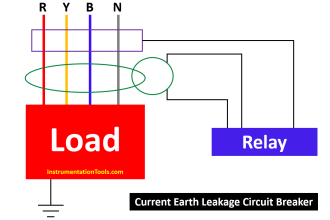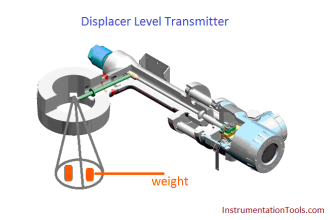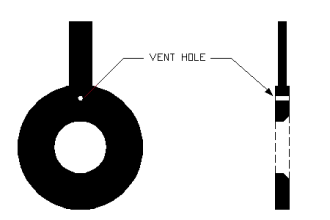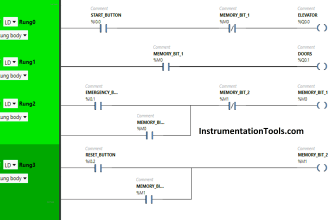Electrical engineering quiz questions and answers on electrical meters, instruments, measurement, and troubleshooting.
Quiz on Electrical Meters
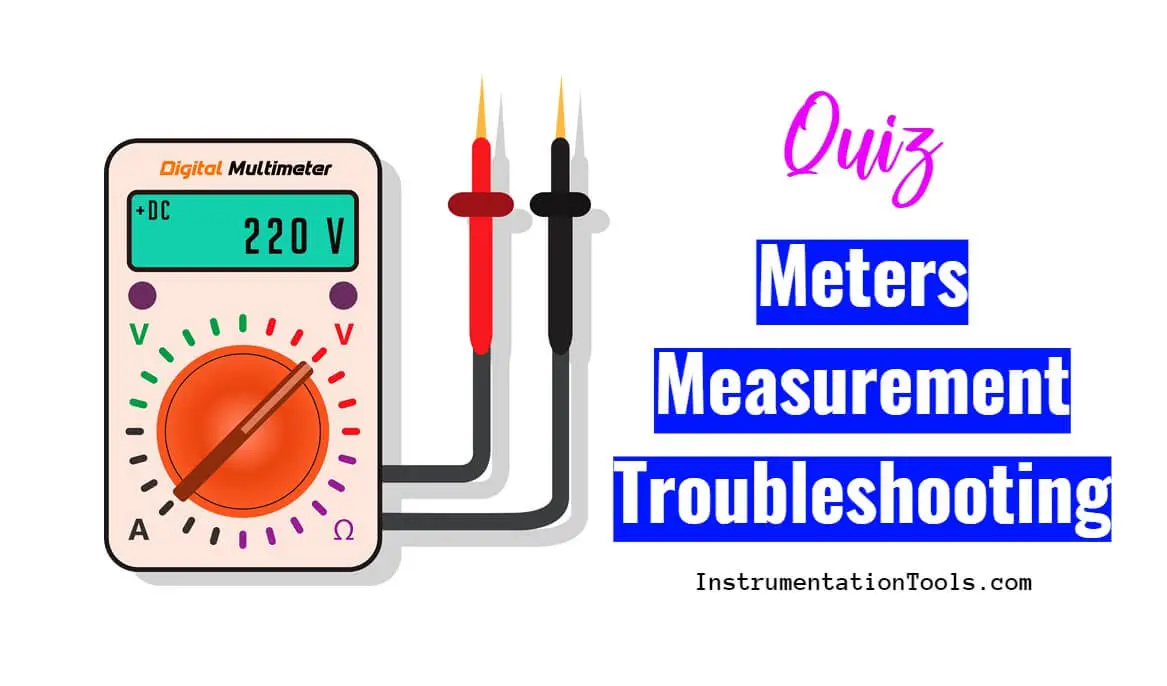
The sample 25 questions are listed below.
Question 1:
Testing for the proper supply ________ is usually the first step when troubleshooting a circuit.
If ________ is not present at the switching location of overhead lighting, at the line terminals of the motor-starter contactor, or between the vertical buses of the control circuit (blown fuse, open disconnect, and the like), or if the __________ is too high or too low, the _________ problem must be corrected before the further investigation of the problem is fruitful.
A) current; current; current; current
B) voltage; current; voltage; current
C) current; voltage; current; voltage
D) voltage; voltage; voltage; voltage
Question 2:
For control circuits, taking _________ readings is the number one method for determining the operating status of the circuit or component.
A) power
B) All of the answers
C) current
D) voltage
Question 3:
To check the continuity of a fuse by an ohmic reading, the disconnecting means on the line side (ahead-of) of the fuse must be opened to ensure the circuit is _________, and to open any __________ paths to the fuse that may be present.
A) energized; series
B) energized; parallel
C) de-energized; parallel
D) de-energized; series
Question 4:
When electrical-power distribution and process control circuits operate in reference to earth ground, the supply is the __________ circuit conductor and the return is the _________ circuit conductor.
The __________ circuit conductor is often referred to as the “neutral” due to the white color of its insulation).
A) ungrounded; grounded; grounded
B) grounded; grounded; grounded
C) grounded; ungrounded; grounded
D) ungrounded; ungrounded; ungrounded
Question 5:
To check the continuity of a fuse with the power on, two methods are available for taking voltage readings:
The __________ method cannot be used unless the control or power circuit is protected by the fuse(s) is referenced to the ground.
A) path-to-ground
B) resistance-to-ground
C) power-to-ground
D) line-to-ground
Question 6:
Short circuits occur when the load has been _________________ with or by a conductive material of low resistance value.
A) All of the answers
B) cut-off, paralleled, or bypassed
C) short, biased, or closed
D) shunted, paralleled, or bypassed
Question 7:
When the switch controlling overhead lighting, the solenoid of a relay, contactor, or motor starter, or the power supplied to an electric motor is closed, then __________ should be measured across the switch and the ___________ should be measured across the terminals of the light, the solenoid, or the motor.
A) zero volts; zero volts
B) zero volts; circuit voltage
C) circuit voltage; circuit voltage
D) circuit voltage; zero volts
Question 8:
Two ways are available to check for an open fuse: taking ________ readings or taking __________ readings.
A) any of the answers
B) ohmic; current
C) ohmic; voltage
D) voltage; ohmic
Question 9:
Never attempt to replace a fuse or CB with the power __________ and the load __________.
A) turned off; connected
B) turned on; connected
C) turned off; disconnected
D) turned on; disconnected
Question 10:
Kirchhoff’s voltage and current laws also come into play in effective troubleshooting:
Voltage divides in a ___________ circuit (as individual voltage drops), whereas, current divides in a _____________ circuit (inversely proportional to the individual paths of resistance).
A) series; parallel
B) series; series
C) parallel; parallel
D) parallel; series;
Question 11:
A digital multimeter, which is set to measure voltage, may display a voltage reading before it is connected to a powered electrical circuit.
These ___________ are produced by the magnetic fields generated by current-carrying conductors, fluorescent lighting, and operating electrical equipment and enter the DDM through the test leads.
A) ghost currents
B) ghost voltages
C) none of the answers
D) ghost amplitudes
Question 12:
The more common way of checking for an open fuse in an electrical power distribution system is with a ___________.
A) voltmeter
B) circuit
C) ammeter
D) magnetometer
Question 13:
The four principal quantities of measure in an electrical circuit are ___________.
A) power, inductance, resistance, and wattage
B) none of the answers
C) voltage, current, resistance, and wattage
D) capacitance, current, inductance, and wattage
Question 14:
Most problems found in the circuit must be determined with the ___________ on.
Only in a few instances, like continuity checks or probable failures of a component within the circuit, is an ____________ used to determine the problem.
A) ohmmeter; ohmmeter
B) ohmmeter; power
C) power; ohmmeter
D) power; power
Question 15:
Each type of fuse has different voltage and current ratings.
The _________ rating will normally dictate the overall length of the fuse and whether the fuse is a blade or barrel type.
The diameter of the fuse will normally be dictated by the ________ rating for load and for interrupt levels of protection.
A) current and voltage
B) voltage and voltage
C) current and current
D) voltage and current
Question 16:
The use or sensing of time is very diversified:
Equipment can also be controlled by a real _________ where it is turned on at a particular time of day or turned off at a particular time of day.
A) relay
B) clock
C) timer
D) circuit
Question 17:
The basic steps in the effective design and troubleshooting of either a load or a control circuit include ___________.
A) know the operating conditions of the process and the equipment.
B) know what work or function is performed by the equipment.
C) divide and conquer – mentally break down the control circuit into sections or parts.
D) All of The answers
Question 18:
When switches or auxiliary contacts are wired in _________ each other in adjacent rungs of the ladder diagram that are made common to a single rung, an OR function (gate) is formed:
the switches or auxiliary contacts in the _________ OR-gate configuration supply a common control line which normally supplies a light or solenoid.
A) series; parallel
B) parallel; parallel
C) parallel; series
D) series; series
Question 19:
The waveforms associated with voltages are normally sinusoidal. Most voltmeters, whether analog or digital, can only display ________ AC voltage values.
The _________ value is the effective or equivalent DC value of the AC voltage.
A) variable; rms
B) rms; rms
C) specific; rms
D) none of the answers
Question 20:
In most cases, a loss of voltage due to a __________ connection makes the load inoperative.
And, in most instances, if not corrected the heat buildup at the _________ connection will cause the metals of the wire and terminal to melt or burn open, and shut down the supplied equipment.
A) tight; loose
B) loose; loose
C) none of the answers
D) tight; tight
Question 21:
If the letters OL appear on the digital display when a measure is being attempted, this indicates the measure is of higher value than the digital multimeter can read the meter is __________.
A) overlook
B) overloaded
C) over limit
D) outlandish
Question 22:
The overcurrent protection for both the incoming service and any feeder distribution circuits is split with short-circuit ground-fault protection at their _________ end, and overload-overcurrent protection at their __________ end.
A) supply; load
B) supply; supply
C) load; supply
D) load; load
Question 23:
A feeder circuit, which interconnects two load centers, has overcurrent protection installed at both ends.
This is true for either electrical-power distribution system feeders in a building or other structure, and for feeders within motor control centers in manufacturing or other types of process control.
A) True
B) False
Question 24:
As used with electrical test instruments:
The term _________ refers to a continuous, non-interrupted, smooth change in an electrical or electronic process.
The term _________ refers to discrete values rather than continuously changing (analog) values.
A) analog; analog
B) digital; analog
C) digital; digital
D) analog; digital
Question 25:
The electrical power distribution system within a building or other structure has three major circuit classifications are __________
A) service; feeder; branch
B) service; relay; voltage
C) service; feeder; electrical
D) none of the answers
Click on the below button to launch the Quiz. Each question carries 1 mark. You have to score 50% of the marks to pass the test.
All 200+ questions and answers are available in the Quiz.
Share your suggestions through the comments section.
This work was created by Marco Gotshaw and is licensed under a Creative Commons Attribution 4.0 International License.
If you liked this article, then please subscribe to our YouTube Channel for Electrical, Electronics, Instrumentation, PLC, and SCADA video tutorials.
Next Quiz:

